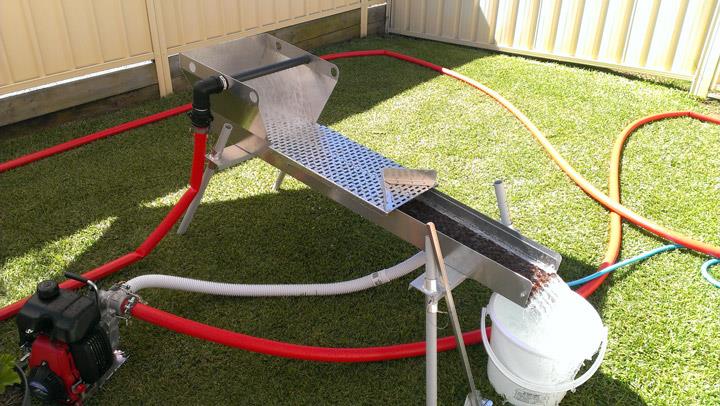spottedgum said:
I am just wondering how much intake hose to run. I have 11m at the moment and boy it is a handful!
How much should I cut?
For the most efficient pumping use an intake or suction hose that's as short as possible. Pumps are good at producing pressure, not vacuum. The longer and smaller your suction hose is the less efficient your pump output will be as you're choking the pump right from the start. For best performance don't use a suction hose diameter that's less than the pumps specification. So if it's a 2" pump, use a 2" suction hose.
The physics of pumping is that the pump creates a less than atmospheric pressure at it's intake and it's actually the atmospheric pressure that pushes the water into the pump. I have read that the theoretical maximum head that a pump can draw from is 7.6 metres. A pump with a maximum head of 50 metres sure can't suck from 25 metres and deliver to 25 metres.
When a pump calculation is done all the factors of flow rate, intake head, delivery head, length and size of the hoses are all part of the calculation to determine a total head. From this you can then choose which pump you require.
Suction hose leaks are also a killer when it comes to pump efficiency so the clamping and sealing on the suction side of the pump is just as important as the output side. A suction hose leak won't be as easy to find because it will be sucking in (or having air pushed in to be pedantic) air and not leaking water.




